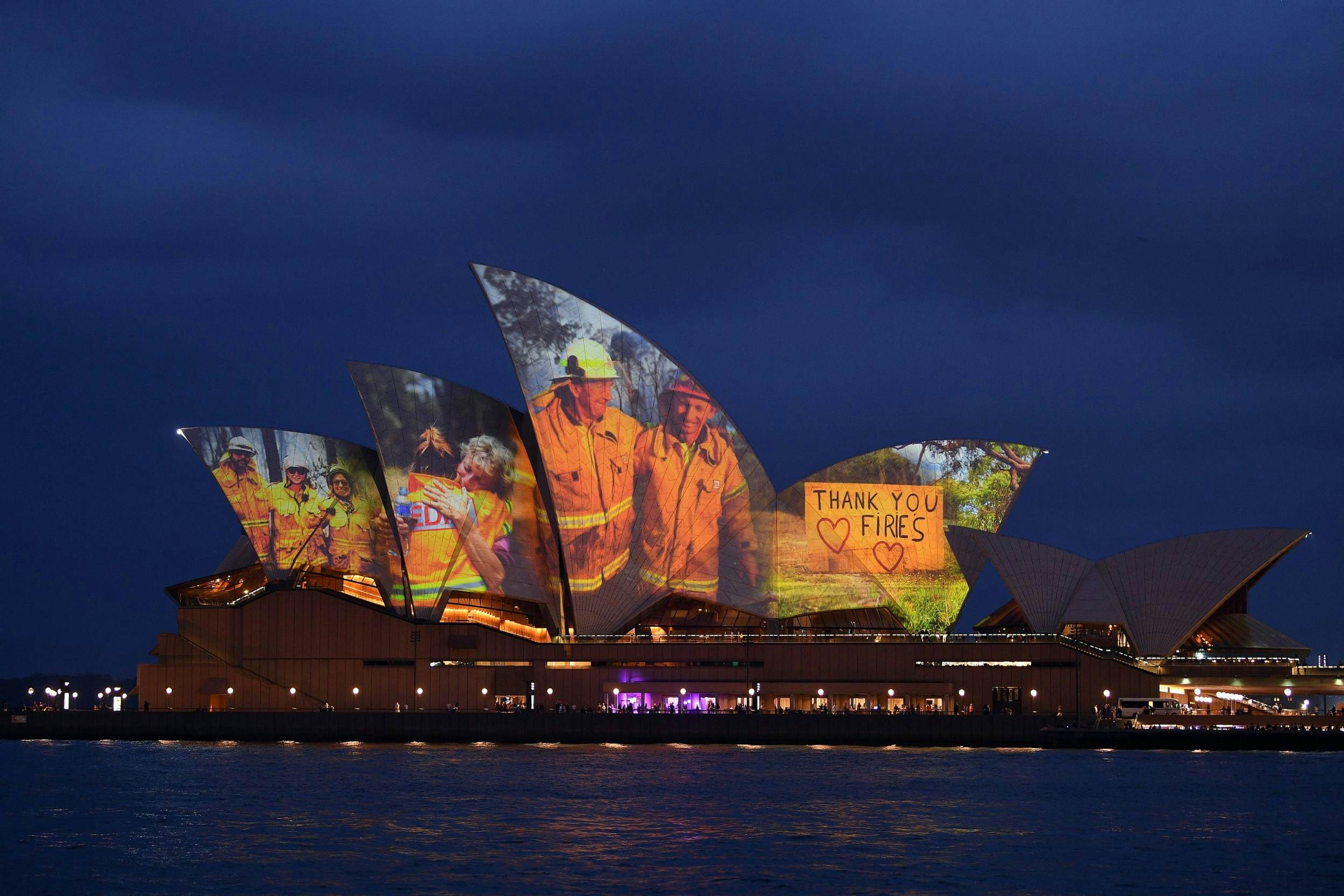


In some circles an orthodox narrative still prevails: that Utzon was driven out and replaced by treacherous hacks, and the resulting masterpiece was flawed – the inside unable to live up to the outside, a travesty of what the great man would have achieved. Still, architecture remains a practice curiously susceptible to myth, especially the allure of the tortured (male) genius. It just makes it very, very difficult.” Seen from close up, the glossy, undulating material of these brush box timber panels is so sensual, so much like poured honey, it literally had my mouth watering. But as one acoustician of my acquaintance mused, “it’s very likely Utzon would have screwed up the acoustics too … It’s the shape of the room – too tall and too deep. Instead it’s roundly turned on Peter Hall, the talented young design architect who – somewhat reluctantly and, in the end, at great personal cost – took over after Utzon left in 1966. But the blame for this is rarely laid at Utzon’s feet. The Opera House’s problems with sound – especially in the Concert Hall, its largest venue – are widely known. But in some ways he was right: it was the nature of the architectural idea that made it so hard to build, and to resolve functionally – including, famously, its acoustics. This is a curious sentiment, as if the building had a life and wilfulness of its own, and Utzon was merely its implacable servant. It’s also something of a miracle it materialised at all: Utzon is reported to have said, “it is not I but Sydney Opera House that creates all the enormous difficulties”. It’s the most revered and visited World Heritage building in the country and one of the busiest performing arts venues in the world. There’s no question that the Opera House is a marvel, a wonder, a glorious thing. But even The Weekly could not have predicted how fraught the process would become, how it would descend into a raging bin-fire of political machination, ill-timed design and construction, hostile media pile-ons and intransigence on all sides. But the article was both sharp – citing Utzon’s design as a clear winner among the “ornamental railway stations, streamlined cinemas and genteel biscuit factories” of the other 217 entries – and prescient – predicting that the design would produce “decades of violent argument”.
The construction comprises multiple performance venues, which together host well over 1,500 performances annually, attended by over 1.Not long after Jørn Utzon’s scheme was announced as the winner of the Sydney Opera House design competition in January 1957, a discussion appeared in The Australian Women’s Weekly, a publication not widely associated with sophisticated architectural critique. The government's decision to construct Utzon's design is often overshadowed by conditions that followed, including cost and scheduling overruns as well as the architect's ultimate resignation.The building and its surrounds occupy all of Bennelong Point on Sydney Harbour, between Sydney Cove and Farm Cove, adjacent to the Sydney central business district and the Royal Botanic Gardens, and close by the Sydney Harbour Bridge. The Government of New South Wales, led by the premier, Joseph Cahill, authorised work to start in 1958 with Utzon directing construction. It is among the 20th century's most famous and distinctive buildings.Designed by Danish architect Jørn Utzon, but completed by an Australian architectural group headed up by Peter Hall, the building was officially opened on 20 October 1973 after a gestation beginning with Utzon's 1957 choice as winner of an international design competition. The Sydney Opera House is a multi-venue performing arts Center at Sydney Harbour in Sydney, New South Wales, Australia.


 0 kommentar(er)
0 kommentar(er)
